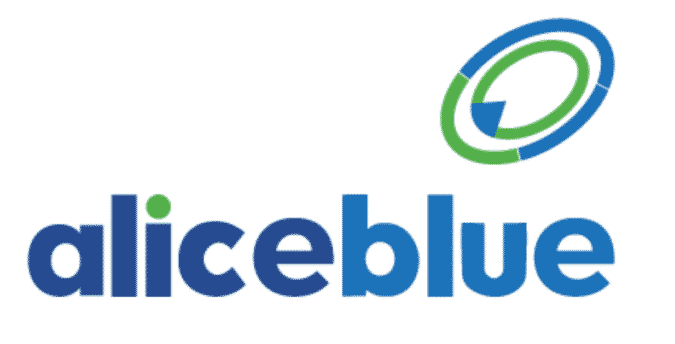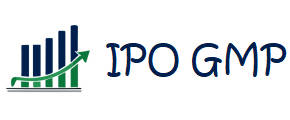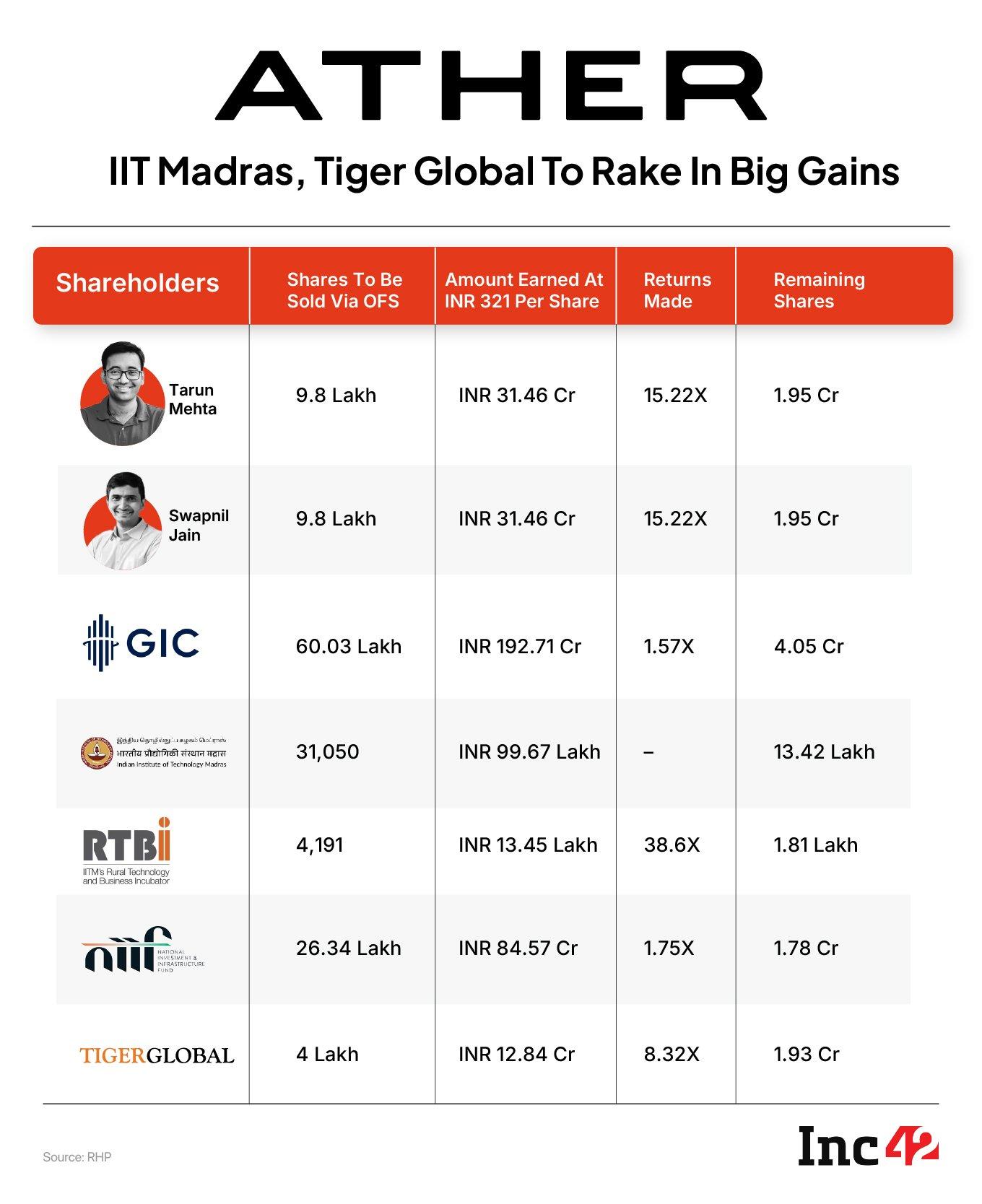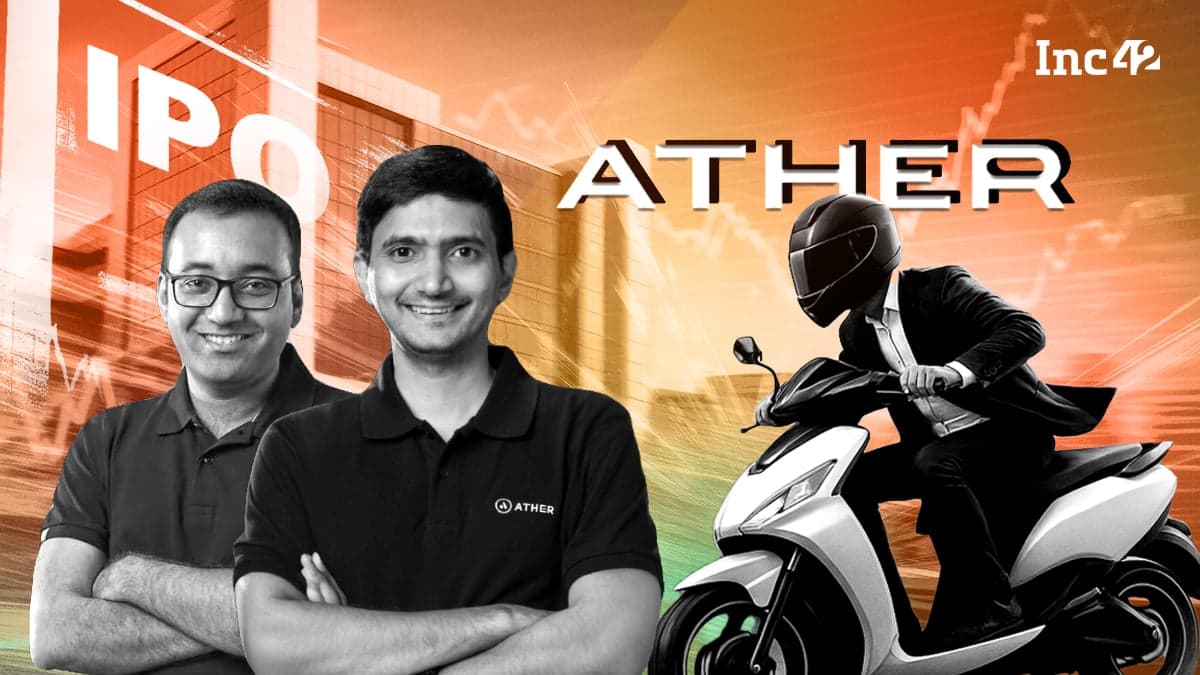List of grameenphone in exchange in 2009, thousands of investors are educated with highly displayed…

How to Invest in the Renaissance IPO ETF (IPO)

The Renaissance IPO ETF (IPO 2.93%) is an exchange-traded fund that provides investors with exposure to a portfolio of companies that have recently completed their initial public offerings (IPOs) in the U.S. This allows investors to participate in the potential growth of these companies before they become widely established in traditional equity portfolios.
The exchange-traded fund (ETF) aims to track the performance of the Renaissance IPO Index, a market-cap-weighted index of the largest and most liquid recently listed U.S. IPOs. It typically holds stocks for two years after their initial listings, after which they are removed. The IPO ETF provides exposure to multiple IPOs in a single security, reducing the risk of single-stock ownership.

If you’re interested in buying shares of the Renaissance IPO ETF, here’s what you need to know about how to invest: its holdings, dividends, expense ratio, and more.
Image source: Getty Images.
Overview
What is the Renaissance IPO ETF?
The Renaissance IPO ETF is an ETF that invests in companies that have recently completed their initial public offering (IPO). It tracks the Renaissance IPO Index, a rules-based index designed by Renaissance Capital. The ETF seeks to provide investors with exposure to a portfolio of newly public companies before they are typically included in broader U.S. equity indexes.
Launched on Oct. 14, 2013, the fund invests across various sectors and market capitalizations. It uses a full replication technique, which means it directly holds all of the stocks in the index to mirror its benchmark’s performance as closely as possible.
How to invest
How to buy the Renaissance IPO ETF
Buying shares of the Renaissance IPO ETF is fast and easy. Here’s what you need to do.
- Step 1: Open your brokerage app: Log into your brokerage account where you handle your investments.
- Step 2: Search for the ETF: Enter the ticker (CHAT) or ETF name into the search bar to bring up the ETF’s trading page.
- Step 3: Decide how many shares to buy: Consider your investment goals and how much of your portfolio you want to allocate to this ETF.
- Step 4: Select order type: Choose between a market order to buy at the current price or a limit order to specify the maximum price you’re willing to pay.
- Step 5: Submit your order: Confirm the details and submit your buy order.
- Step 6: Review your purchase: Check your portfolio to ensure your order was filled as expected and adjust your investment strategy accordingly.
Holdings
Holdings of Renaissance IPO ETF
The Renaissance IPO ETF holds 28 stocks as of early 2025. Companies with larger market caps will have a more notable impact on the ETF’s performance. The Renaissance IPO Index and the corresponding ETF’s holdings are refreshed quarterly, meaning their holdings are updated every three months.
This rebalancing involves adding new IPOs and removing those that are three years old. The holdings are weighted by their float-adjusted market capitalization, which means they are weighted based on the number of shares publicly available for trading. There is a cap on individual issuer weights, with no single company accounting for more than 10% of the index at the time of rebalancing.
The fund’s top 10 holdings are:
- Kenvue (KVUE 0.02%): 10.57%
- Arm Holdings (ARM 6.88%): 9.09%
- Corebridge Financial (CRBG 2.15%): 8.95%
- Astera Labs (ALAB 2.9%): 6.86%
- Instacart (CART 12.99%): 6.00%
- Cava Group (CAVA 2.17%): 5.27%
- Nextracker (NXT 0.74%): 4.81%
- Loar Holdings (LOAR -0.38%): 4.07%
- Kaspi.kz (KSPI 1.37%): 4.07%
- Viking Holdings (VIK 3.07%): 3.98%
In terms of sector breakdown, the ETF’s composition is as follows:
- Technology: 26.4 %
- Consumer discretionary: 21.1 %
- Financials: 17.4 %
- Industrials: 15.9 %
- Consumer staples: 10.8 %
- Other: 4.5 %
- Healthcare: 4.4 %
- Real estate: 3.5 %
The Renaissance IPO ETF’s portfolio breaks down by market cap as follows:
- 55% are large-cap stocks with market capitalizations of over $10 billion.
- 36.6% are mid-cap stocks with market capitalizations between $2 billion and $10 billion.
- 8.4% of the holdings in this ETF’s portfolio are small-cap stocks with market capitalizations of under $2 billion.
Should I invest?
Should I invest in Renaissance IPO ETF?
Whether you should put your money to work in the Renaissance IPO ETF will depend on your individual investing style, risk tolerance, and long-term financial goals.
The Renaissance IPO ETF offers several potential benefits for investors, including:
- Exposure to new technologies and innovations. The Renaissance IPO ETF focuses on companies that have recently gone public, often representing cutting-edge technologies and innovative business models.
- Diversification through new stocks. By investing in multiple IPOs through the ETF, investors can diversify their portfolios without having to research and invest in individual IPOs.
- Opportunity to invest before mainstream adoption. The ETF aims to provide investors with early access to companies that have recently gone public, potentially benefiting from their growth before wider market awareness.
- Liquidity and flexibility in investing. The IPO ETF is traded on stock exchanges, offering liquidity and flexibility for investors to buy and sell shares. ETFs generally have lower expense ratios compared to actively managed mutual funds, offering a cost-effective way to invest in IPOs.
- Potential for high growth. IPOs often exhibit high growth potential, and the Renaissance IPO ETF provides a way to capture this growth through a diversified basket of these companies. As an ETF, As a publicly traded ETF, the Renaissance IPO ETF’s holdings and performance are transparent and easily accessible to investors.
However, there are some downsides to the Renaissance IPO ETF to consider, including:
- Potential for volatility. IPOs can be volatile, and the ETF may experience price swings due to the nature of its holdings.
- Concentration risk. The ETF may be subject to concentration risk, meaning a significant portion of its assets may be concentrated in a few companies.
- Risks associated with growing industries and sectors. The ETF may be subject to sector-specific risks, particularly in the technology and financial sectors, as IPOs are often concentrated in these areas. The Renaissance ETF may also invest in companies from emerging markets, which can be more volatile and less liquid than established markets.
- High portfolio turnover. The ETF may experience high portfolio turnover as new IPOs are added and older ones are removed, which can impact costs and potentially affect returns. The potential for high turnover may make the fund less appealing if you’re interested in long-term ETF investing.
Dividends
Does Renaissance IPO ETF pay a dividend?
Yes, the Renaissance IPO ETF does pay a dividend, which it distributes on a quarterly basis. Its distribution as of Q1 2025 was $0.0724 per share. The ETF yields 0.33%. For context, the average S&P 500 dividend-paying stock yields approximately 1.3%.
Expense ratio
What is Renaissance IPO ETF’s expense ratio?
The Renaissance IPO ETF has an expense ratio of about 0.60%. THis means that a $10,000 investment in this ETF would incur an annual fee of around $60.
Expense Ratio
A percentage of mutual fund or ETF assets deducted annually to cover management, operational, and administrative costs.
Historical performance
Historical performance of Renaissance IPO ETF
The Renaissance IPO ETF tracks the Renaissance IPO Index, which is an index designed by Renaissance Capital. Let’s see how the ETF has delivered on its objective through the years.
|
Renaissance IPO ETF |
1 Year |
3 Year |
5 Year |
10 Year |
|---|---|---|---|---|
|
Market Price |
9.29% |
-5.10% |
7.35% |
4.65% |
|
Net Asset Value (NAV) |
-9.11% |
-5.04% |
7.33% |
4.65% |
|
S&P 500 Index |
8.25% |
9.06% |
18.59% |
12.50% |
Related investing topics
The bottom line on the Renaissance IPO ETF
The Renaissance IPO ETF may be too risky for some investors, primarily because of the potential downsides associated with investing in newly public companies. By definition, IPOs are new stocks that lack an established trading history and research coverage, making them susceptible to significant price fluctuations.
The ETF is disproportionately exposed to sectors like technology and finance, which can be highly volatile and sensitive to economic conditions. Many IPO stocks are smaller companies that may have less stable financial performance and higher risk profiles compared to larger, more established companies.
On the other hand, the Renaissance IPO ETF offers investors exposure to a diversified portfolio of newly public companies, specifically those that have recently completed their initial IPOs. The ETF tracks the Renaissance IPO Index, a market-cap-weighted index that includes the largest and most liquid U.S. IPOs.
This means investors can gain access to potentially high-growth companies entering the public market without having to individually select IPO stocks. For investors with a healthy risk tolerance and appropriate investment horizon, the ETF could be worth considering.
FAQ
Investing in Renaissance IPO ETF FAQ
1. Can I invest in Renaissance funds?
Yes, you can invest in some Renaissance Technologies funds, although not all of them are open to outside investors. Funds like the Renaissance IPO ETF are publicly traded and accessible to individual investors.
2. Is IPO ETF a good investment?
For investors with a healthy risk appetite who want to take a basket approach to investing in newly public companies, the Renaissance IPO ETF might be worth considering.
3. What is the Renaissance IPO index fund?
The Renaissance IPO ETF is an ETF that tracks the performance of the Renaissance IPO Index. It provides investors with exposure to companies that have recently completed their initial public offerings.
4. What is the ticker for the Renaissance IPO ETF?
The ticker for the Renaissance IPO ETF is IPO.
Rachel Warren has no position in any of the stocks mentioned. The Motley Fool has positions in and recommends Joint Stock Kaspi.kz and Kenvue. The Motley Fool recommends Cava Group, Instacart, and Viking and recommends the following options: long January 2026 $13 calls on Kenvue. The Motley Fool has a disclosure policy.





This Post Has 0 Comments